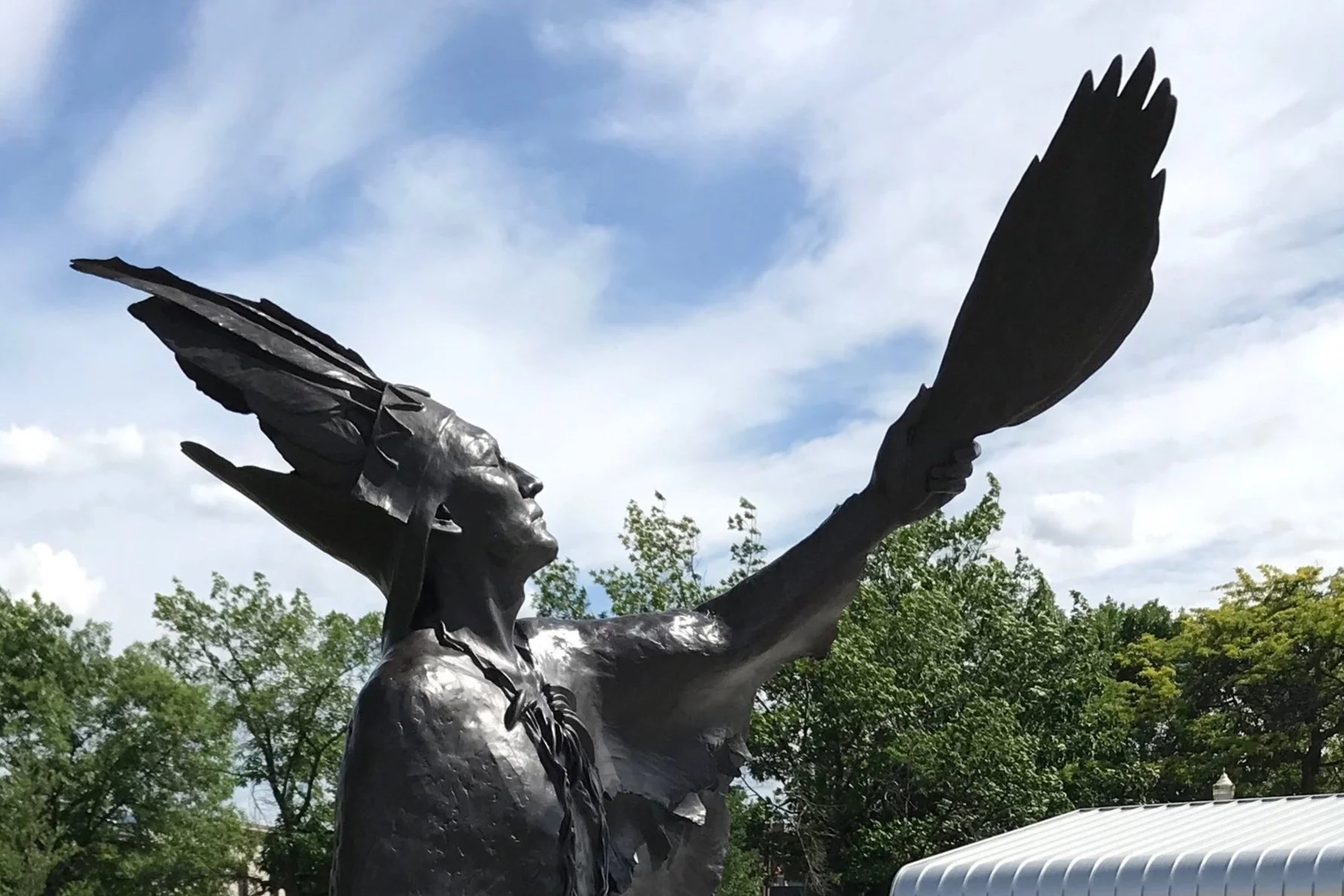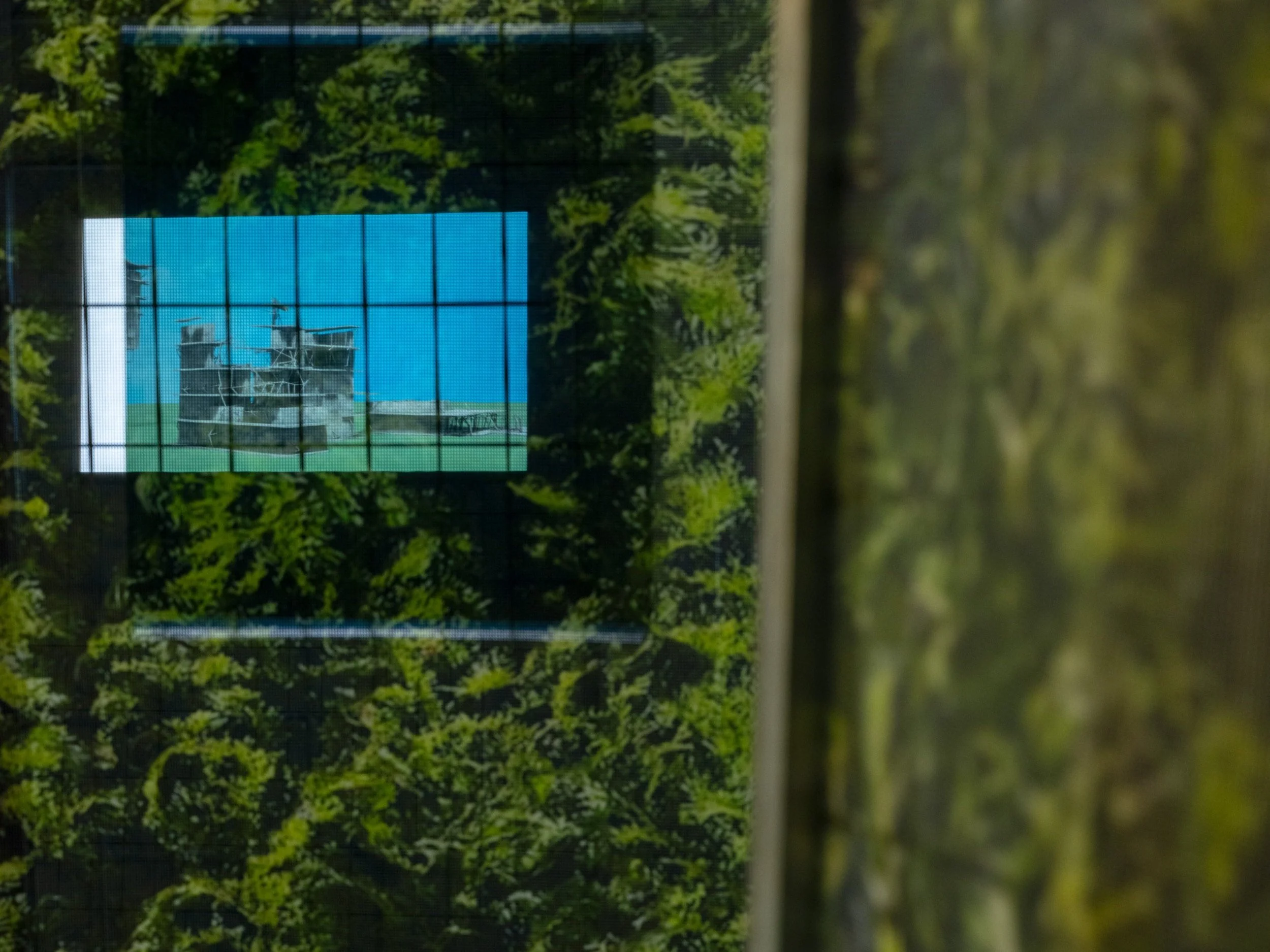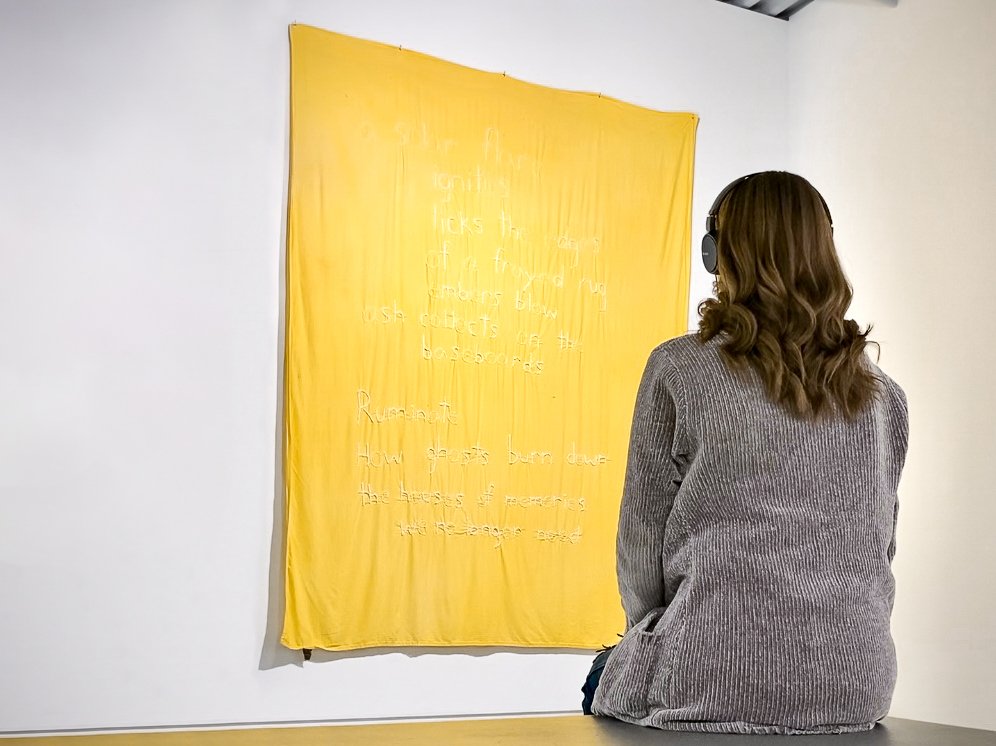An interpretive essay on Tara Nicholson’s exhibition, Mammoths, EcoZombies and Permafrost Extinction written by Caolan Leander
In Tara Nicholson’s Mammoths, EcoZombies, and Permafrost Extinction, the Arctic is seen through large-scale photographs that reveal the North in a state of crisis. Trading the frozen vistas of icebergs for intimate photographs of animal parts, riverbanks, and ice cores, her images invoke an existential uncanniness that destabilizes the viewer as we witness multiple absences through the temporary presence of decay, erosion, and thawing ice.
Read More


















